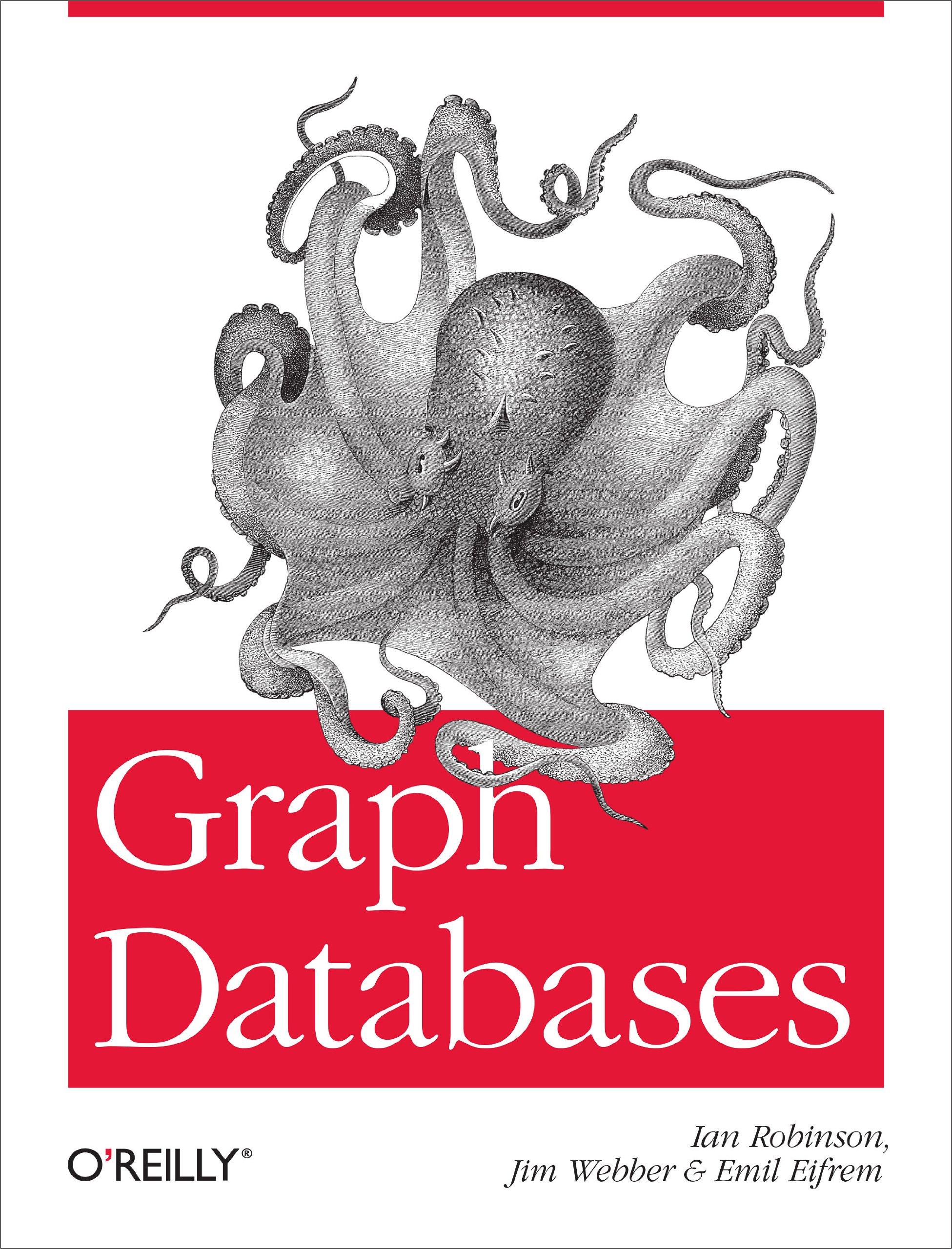Question
Please write the following in terms of Message passing: Consider the message-passing formulation of the quicksort algorithm presented in Section 9.4.3 . Compute the exact
Please write the following in terms of Message passing: Consider the message-passing formulation of the quicksort algorithm presented in Section 9.4.3 . Compute the exact (that is, using ts , t_w , and t_c ) parallel run time and efficiency of the algorithm under the assumption of perfect pivots. Compute the various components of the isoefficiency function of your formulation when: a: t_c = 1, t_w = 1, t_s = 1
b: t_c = 1, t_w = 1, t_s = 10
c: t_c = 1, t_w = 10, t_s = 100
for cases in which the desired efficiency is 0.50, 0.75, and 0.95. Does the scalability of this formulation depend on the desired efficiency and the architectural characteristics of the machine?
algorithm presented in Section 9.4.3:
The quicksort formulation for a shared-address-space system works as follows. Let A be an array of n elements that need to be sorted and p be the number of processes. Each process is assigned a consecutive block of n/p elements, and the labels of the processes define the global order of the sorted sequence. Let Ai be the block of elements assigned to process Pi .
The algorithm starts by selecting a pivot element, which is broadcast to all processes. Each process Pi, upon receiving the pivot, rearranges its assigned block of elements into two sub-blocks, one with elements smaller than the pivot Si and one with elements larger than the pivot Li. This local rearrangement is done in place using the collapsing the loops approach of quicksort. The next step of the algorithm is to rearrange the elements of the original array A so that all the elements that are smaller than the pivot (i.e., L = U_i L_i ) are stored at the beginning of the array, and all the elements that are larger than the pivot (i.e., S = U_i S_i ) are stored at the end of the array.
Once this global rearrangement is done, then the algorithm proceeds to partition the processes into two groups, and assign to the first group the task of sorting the smaller elements S, and to the second group the task of sorting the larger elements L . Each of these steps is performed by recursively calling the parallel quicksort algorithm. Note that by simultaneously partitioning both the processes and the original array each group of processes can proceed independently. The recursion ends when a particular sub-block of elements is assigned to only a single process, in which case the process sorts the elements using a serial quicksort algorithm.
The partitioning of processes into two groups is done according to the relative sizes of the S and L blocks. In particular, the first processes are assigned to sort the smaller elements S, and the rest of the processes are assigned to sort the larger elements L. Note that the 0.5 term in the above formula is to ensure that the processes are assigned in the most balanced fashion.
Step by Step Solution
There are 3 Steps involved in it
Step: 1

Get Instant Access to Expert-Tailored Solutions
See step-by-step solutions with expert insights and AI powered tools for academic success
Step: 2

Step: 3

Ace Your Homework with AI
Get the answers you need in no time with our AI-driven, step-by-step assistance
Get Started


